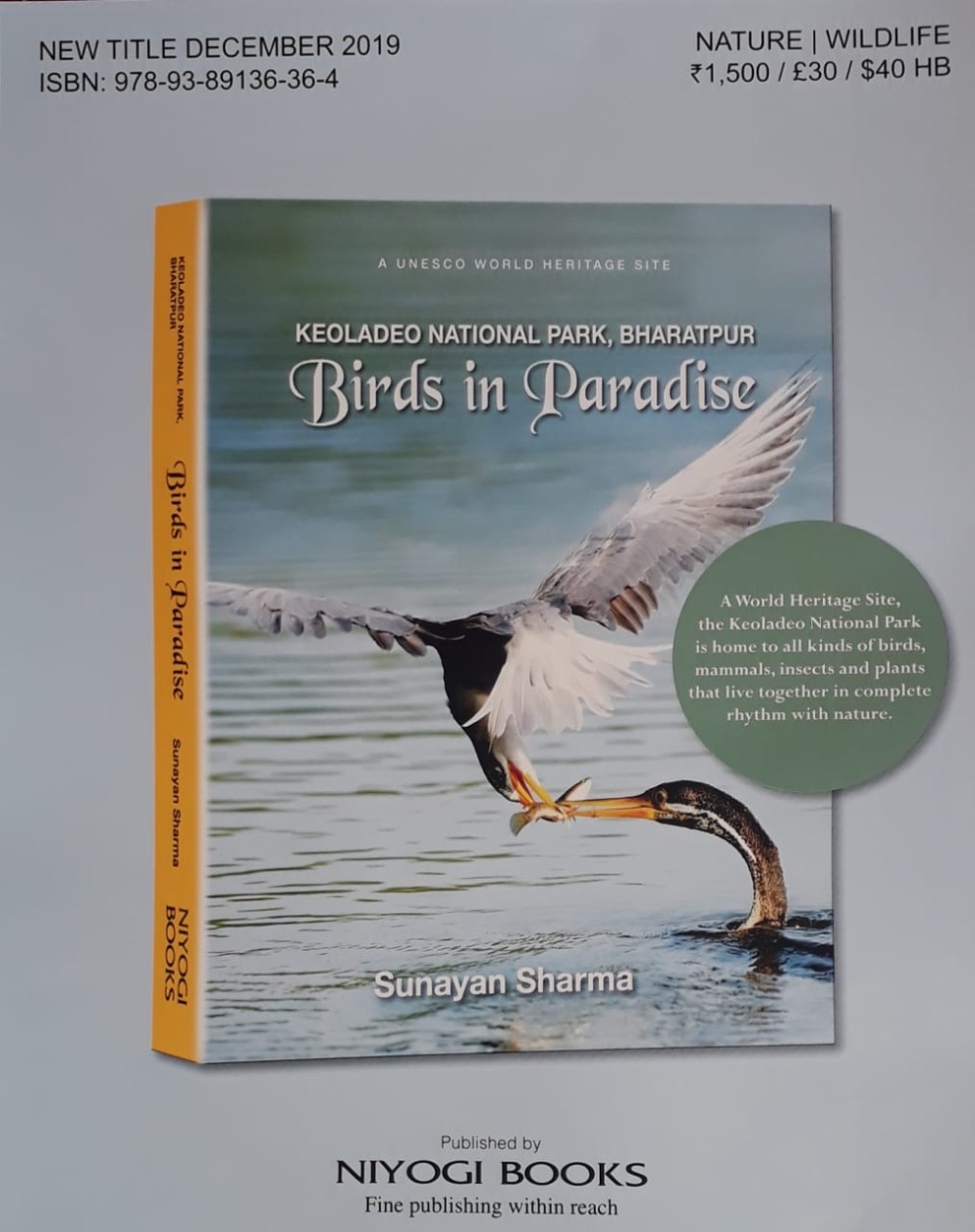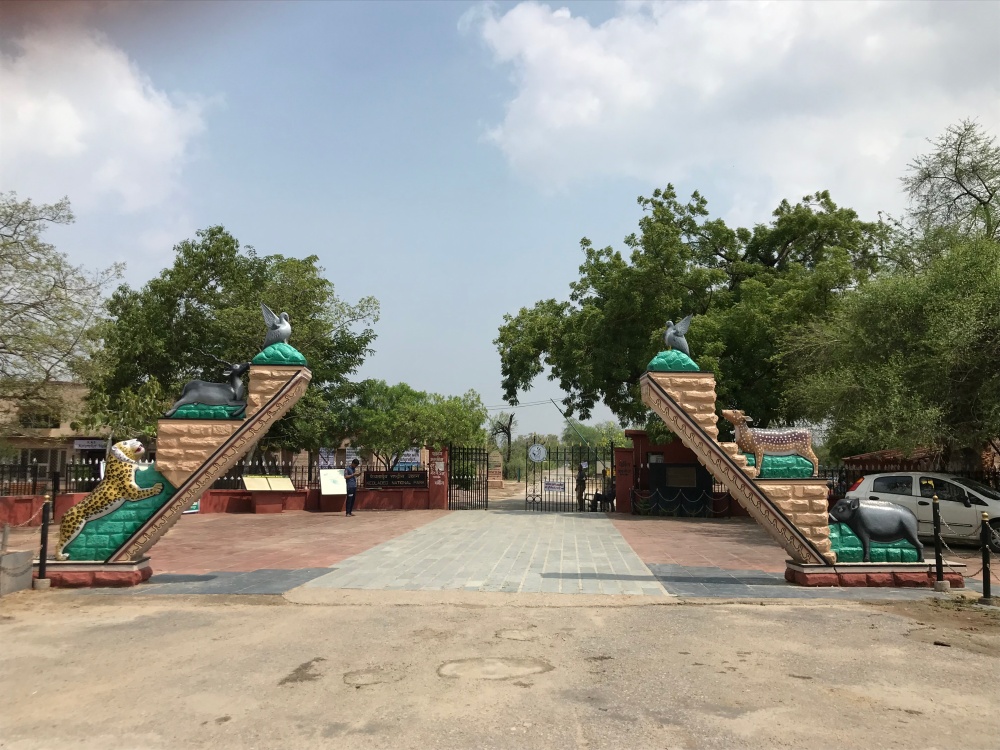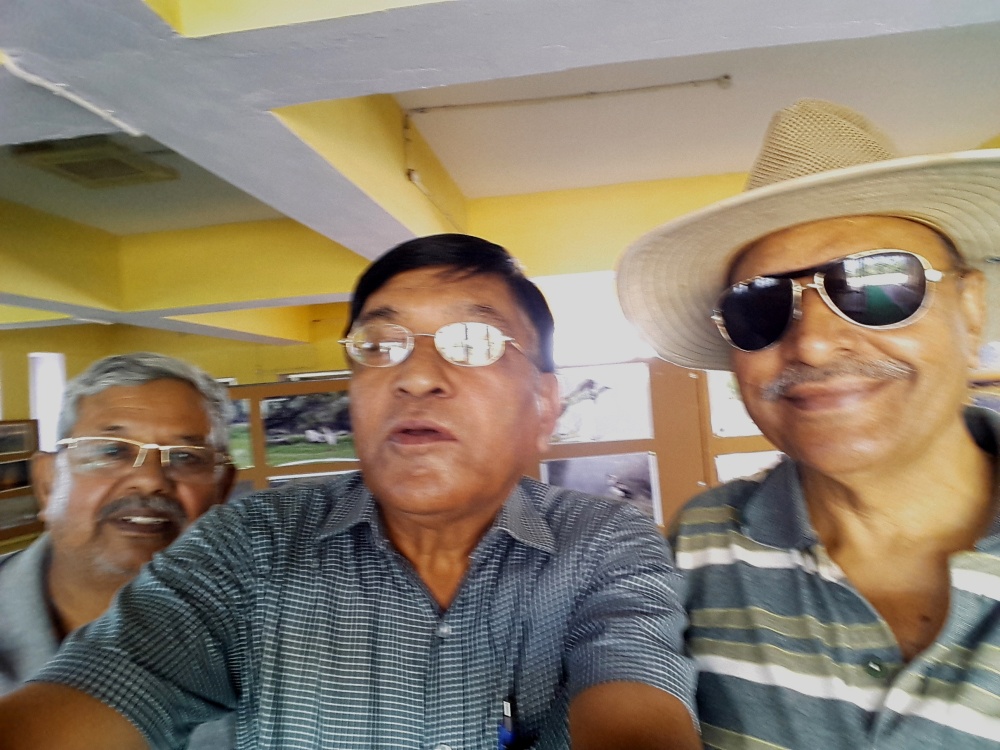Birds in Paradise

During 1980s and 90s, Keoladeo has been my regular haunt. Foresters, Suraj Ziddi and Daulat Singh, my friends used to be there. It used to be so soothing to be in a wilderness, which was unique in all respect – World Heritage Site, National Park, birding heaven… It was so relaxing and cheerful those days – cycling, boating, preparing list of birds sighted, boozing…
It was 1989, when during a visit I met Sunayan Sharma, Assistant Conservator of Forest (ACF) and Research Officer. I noticed he has been keenly involved in bird watching and photography. He was head strong. He was dedicated to forest and wildlife. Soon, we struck acquaintance. With association during next few visits, we became family friends.
Sunayan has been an old school forester, dressing like a forester (wearing felt hat), talking like a forester (wildlife storytelling), and working like a forester (order is order), boozing like a forester (enjoy every bit). He has been bold and dedicated. He has been one, who would visit forest daily, without fail. He loved photography. I remember, once to photograph Sarus Cranes at nest, he got a hide built in the lake itself and used to spend hours cramped in small space. I am sure he had seen Keoladeo so closely, as few might have done.

Keoladeo National Park
Later, he had second spell in 2006-08, which was much more challenging. First, he became the Director of the Park i.e. he was responsible for the entire show. Secondly, over the years, protection and conservation had become more and more difficult. Thirdly, Keoladeo is a network of artificial lakes and need water to flow into them from Ajan Dam, which the farmers and their political bosses resented and managed to stop it altogether. Fourth, the Park, from the grasslands, swamps, and woodland was being encroached by Vilayati Babul (Prosopis juliflora) all over.
By 2006, the Park was completely devastated – dry lakes, weeds all over. Keoladeo was on the verge of losing World Heritage status.
Sunayan is a man, who cannot sit back or take things lying down. He went all across to meet engineers, experts, funders and politicians to develop and initiate a scheme for bringing water to the Park. He ultimately succeeded and now water is not a major issue.
Taking advantage of his deep knowledge about the drainage system of Bharatpur and adjacent flood plains, he developed a scheme to tap the Govardhan drain, carrying lot of flood water from the plains of Bharatpur and adjacent areas of Uttar Pradesh and Haryana. Today, the canal built to bring this water to the Park is the lifeline of Keoladeo.
He developed a unique system of removing the Babul from the Park. This was in collaboration with the villagers living on the periphery of the Park. They were temporarily allotted small plots of forest to dig out the trees and wood was theirs. Only condition was that they have to remove it completely including the root stock. Initially, with lot of persuasion only 4 members of a family joined the operation but gradually the programme took off. In few months, it was adopted by all the 15 villages located on the periphery of the Park. This was win-win situation for both – Park as well as people. Park got back its grasslands, clear waters and original stands of sacred Kadamba trees in several places and people got wood. About 10 sq. km. area of the Park was recovered in about one and a half years. With the sale of harvested wood, hundreds of families could build houses, marry daughters and buy more resources.
This was not as simple as it sounds. First of all many of his colleagues discouraged him in doing so. They pointed out he is rubbing the law on wrong side. Secondly, Bharatpur is a typical town with complex political atmosphere. With great tact, he managed to take different leaders along. Furthermore, he maintained fairness and transparency in dealing with all villagers so that there was no antagonism or fights.
Sunayan retired in 2010. Nevertheless, he remains a forester to the core. He has written a book on Sariska sharing his first hand experiences and learning. Sunayan and me visited Keoladeo in September 2017 and spent leisurely two nights. I suggested to him that he should share his unique experiences of Keolodeo also with larger audience i.e. he should write a book. We briefly discussed the outline.

Bholu, Pushp & Sunayan (Left to right, during 2017 visit)
And here it is. ‘Keoladeo National Park, Bharatpur – Birds in Paradise’ has been published recently by a leading book publisher, Niyogi Books in New Delhi. I am sure this would be certainly of interest for any bird watcher and would be an asset on bookshelf.
Pushp